In an era where change is broadcast live and justice is hashtagged, Generation Z has…
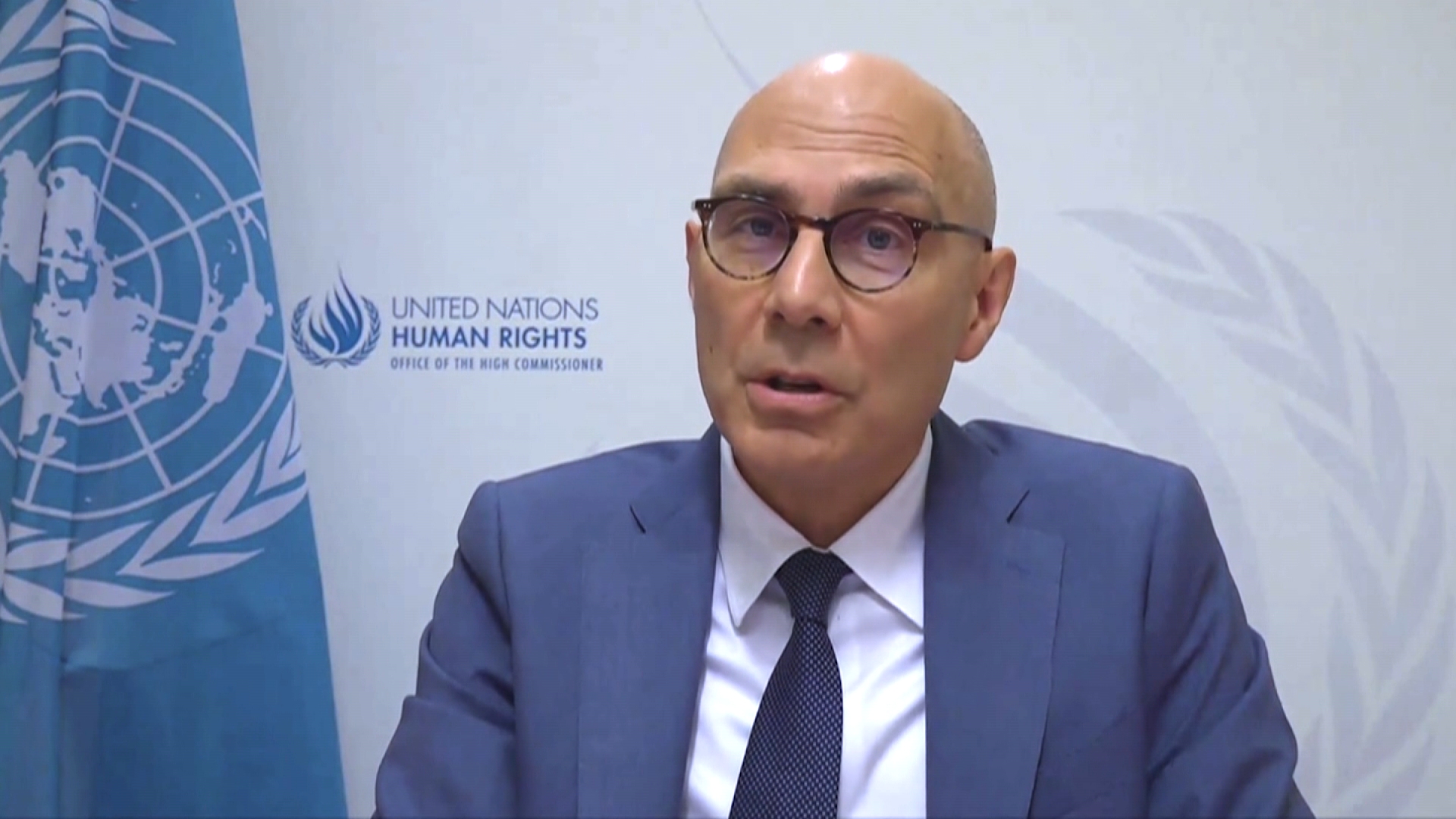
Fact-finding Or Framing? A Reader’s Reflection On The OHCHR 2024 Bangladesh Fact-finding Report
Dr. Zahir Ahmed
Background
The OHCHR (Office of the United Nations High Commissioner for Human Rights) report, released on 12 February 2025, came after a major political transition in Bangladesh on 5 August 2024 [1]. It makes serious allegations against the security forces and political leaders of the government led by Prime Minister Sheikh Hasina. Although the report highlights alleged human rights violations, its tone, choice of words, and method of investigation raise questions about fairness, balance, and possible political bias. These concerns are especially important given Bangladesh’s strategic role in handling the Rohingya refugee crisis, developing regional transport corridors, and managing international partnerships.
The 5 August 2024 transition was a turning point in the country’s democratic history and led to waves of unrest and uncertainty. However, the OHCHR chose to focus only on the violence between 15 July and 15 August 2024. By ignoring what happened before and after that period, the report gives a narrow view of a much larger and more complex situation. As someone who wanted to read the report carefully as a general reader, not as a lawyer or human rights expert, I offer these reflections and questions. Legal professionals and specialists may have deeper insights, but I share these reflections as someone seeking to understand its broader implications.
Methodological Gaps, Purposive Sampling and Access Limitations
The OHCHR report limits its investigation to the period from 15 July to 15 August 2024, despite the fact that the fact-finding team was officially invited only after 28 August. This raises doubts about the report’s purpose and fairness, as it omits many important incidents that occurred after mid-August (pt. 1–2). Although the report mentions more than 230 interviews (pt. 5), it does not explain how those people were chosen. There is no information about whether the interviewees reflected a fair mix of political views, regions, or social backgrounds. The report also does not identify the local partners or intermediaries who helped arrange these interviews (pt. 6), which raises concerns that the selection may have been biased or favoured one group.
In pt. 7, the report says the Army and DGFI refused to be interviewed. However, it does not explain why they declined or what steps OHCHR took to ensure their perspectives were still considered. Interestingly, pt. 12 states that multiple state agencies, including the Police, RAB, BGB, NSI, Ministry of Information Technology, DGFI, and Ansar/VDP, submitted written reports to the OHCHR through the interim government. This raises a serious concern: if these reports were coordinated by the interim government, they may not fully reflect the independent views of those agencies. Moreover, pt. 18 confirms that the OHCHR shared its draft findings with the interim government and later made changes based on its feedback. This process raises the possibility that the report’s content may have been influenced by the interests of the new administration.
There are also contradictions in how the report describes its access to key individuals. Pt. 8 says that OHCHR interviewed some detained officials, but pt. . 9 states that the former Inspector General of Police was not made available. This inconsistency reduces trust in the report’s completeness and clarity. In addition, the report does not reveal who was on the investigation team or how it was funded (pt. 3). Without this basic information, it is hard to assess whether the process met the standards of independence and transparency expected of international investigations.
Selective Framing of Protest and Repression
The OHCHR report gives limited attention to the widespread and deadly violence instigated by militant groups and coordinated perpetrators who operated under the guise of student protests (pt. 228–242). It largely overlooks the role of organized actors, including individuals allegedly linked to extremist or underground networks, who exploited student-led movements to carry out targeted violence. These groups created an atmosphere of disorder that at times placed security forces in situations where they may have felt compelled to act in self-defence, following Police regulations.
The report entirely omits a series of brutal and well-documented incidents, including the targeted killing of at least thirteen police officers in Sirajganj and the horrifying cases of officers being lynched or publicly hanged in areas such as Uttara and Jatrabari. These were not isolated acts of spontaneous outrage but appear to have been orchestrated attacks involving weapons, coordinated mobs, and deliberate brutality. In addition, the report is silent on the systematic arson attacks on police stations, government offices, and public transport—acts that paralyzed key services and put lives at risk. Credible national media outlets, video footage circulated online, and eyewitness accounts provide compelling evidence of these events. The Interim Government itself reported that 40 police men were killed during the so-called “peaceful” protests. The complete exclusion of these gruesome and targeted assaults on law enforcement agencies and public infrastructure raises serious concerns about selective reporting, especially when the report devotes extensive attention to alleged state violence while virtually ignoring the organized violence perpetrated by militant groups and protest organizers hiding behind the banner of student activism.
All eight of the report’s “emblematic cases” (pt. 15) focus solely on victims from among the protesters, offering no parallel scrutiny of deaths, injuries, or trauma experienced by the law enforcement officers, pro-government civilians, or neutral bystanders caught in the violence. By framing the protests as largely peaceful, the report misrepresents the reality on the ground, where security forces were confronted with heavily armed or tactically coordinated attacks. This selective portrayal raises doubts about the objectivity of the report’s conclusions.
Pt. 10 acknowledges that Awami League leaders and ministers cooperated with the OHCHR, yet their views are scarcely reflected in the analysis. In contrast, pt. 11 records the refusal of Jamaat-e-Islami and Shibir to participate in the investigation, but this is not treated as a serious limitation or examined further. Understanding the motivations and strategies of these groups, which were central to the protest coordination, is crucial for any balanced account of the unrest.
Government actions such as Prime Minister Sheikh Hasina’s hospital visits to injured civilians and financial assistance to affected families are noted briefly but not integrated meaningfully into the broader assessment of state response (pt. 47). Nor does the report explore whether the use of force by state agencies was triggered by direct threats to life, infrastructure, or national security posed by armed or militant participants. By overlooking the organized and at times militant nature of the protest violence, the report risks presenting an incomplete and potentially misleading narrative, one that may undermine its credibility among both domestic and international observers.
Contradictions in Death Toll and Weapon Attribution
The OHCHR report presents conflicting numbers on protest-related deaths. It first states that 834 deaths were verified, but later suggests the number could be as high as 1,400 (pt. 56–64). However, it does not explain how the higher estimate was calculated, who the additional victims were, or whether the total includes casualties from all sides—including police, government supporters, or bystanders. Without disaggregating the data by victim type, time, or location, the report leaves readers unclear about what these figures represent.
The uncertainty continues in its discussion of weapons. The report suggests that many victims were killed using military-grade rifles (pt. 61–63), but it does not explain who used them or how this conclusion was reached. Were these weapons fired by the army, unidentified third parties, or militant groups? The report gives no clear answer. Pt. 60 openly admits that many allegations have not been verified. This admission raises further doubts about how confident readers can be in the report’s findings.
These types of gaps are particularly concerning in politically sensitive contexts, where casualty numbers and claims of responsibility can be distorted by all sides. Without clear sourcing, triangulation, and attribution, the report’s conclusions risk being seen as speculative or selective rather than objective and factual. It would have been more credible had it used a transparent method for casualty verification and weapon analysis, and had it included input from security agencies and neutral observers.
Misrepresentation of Political Context and External Influences
The OHCHR report describes the 2024 quota protests as a spontaneous and grassroots youth movement (pt. 19–23). However, it fails to mention that the government led by Prime Minister Sheikh Hasina had already abolished the quota system in 2018. That reform was a direct response to earlier student protests and was widely recognized at the time as a democratic decision that addressed public demands [2]. Omitting this important milestone creates a misleading impression that the 2024 protests were a continuation of unresolved grievances, rather than a complex and politically charged mobilization.
Further, in pt. 24–29, the report critiques aspects of governance, but it overlooks the significant policy reforms and socioeconomic gains achieved over the 15 years under the elected government. International development bodies regularly highlighted improvements in human development indicators and digital innovation in Bangladesh during this time. The absence of such context gives the impression of a selective narrative that may not fully reflect the country’s complex political and developmental realities.
More importantly, the report does not assess the possible influence of external actors in shaping or amplifying the protests. Various independent studies and investigative reports have documented the role of foreign-funded media outlets, diaspora-based lobbying groups, and international advocacy networks that aligned with opposition movements. By excluding these external dynamics, the OHCHR report limits its analytical depth and potentially underestimates the broader geopolitical context in which the unrest took place.
The suggestion that repression was centrally planned and systematically executed (pt. 75) is not supported by independently verified sources. In an environment marked by deep political division, such generalizations may inadvertently contribute to polarization rather than promote clarity. A more careful approach, grounded in judicial process and documented facts, would have strengthened the report’s reliability and better served its intended human rights mandate.
Concluding remarks
The OHCHR Fact-Finding Report on the July-August 2024 Bangladesh protests raises several critical issues that deserve serious reflection. While it highlights alleged human rights violations, the report’s selective framing, methodological opacity, and lack of balance call its neutrality into question. Its narrow time frame excludes key events before and after the selected period. Its reliance on undisclosed sources and lack of transparency in sampling processes weaken the strength of its findings. It gives limited attention to violence committed by militants and coordinated protest actors, while overemphasizing state actions without exploring state responses or justifications.
Moreover, the report presents conflicting data on deaths and fails to provide clear methods for casualty verification or weapon attribution. It downplays the socio-political progress made under the Sheikh Hasina government, excludes the role of external actors, and offers a one-sided picture of a complex situation. The final version of the report was also revised in consultation with the interim government (pt. 18), raising further concerns about its independence.
Credible human rights reporting depends on demonstrable impartiality, transparent methods, and balanced engagement with diverse actors. The issues highlighted in this analysis suggest that the OHCHR report may fall short of these standards. Its perceived alignment with one political narrative, lack of clarity in evidence handling, and selective treatment of events reduce its ability to contribute meaningfully to justice and reconciliation. Unless these concerns are acknowledged and addressed, the report is unlikely to serve as a constructive foundation for national or international discourse.
References
- https://www.ohchr.org/sites/default/files/documents/countries/bangladesh/ohchr-fftb-hr-violations-bd.pdf
- https://www.thedailystar.net/country/quota-system-in-bangaldesh-scrapped-officially-1642534
The author is teaching at a university in New Zealand
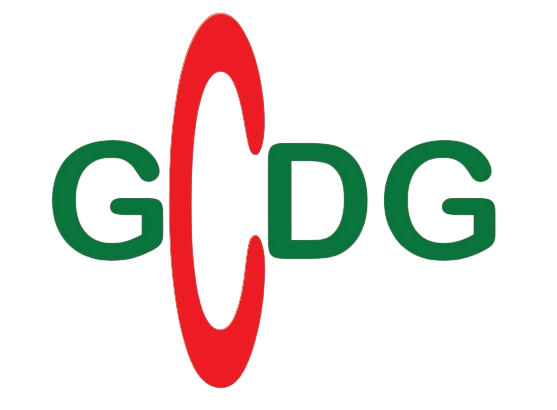
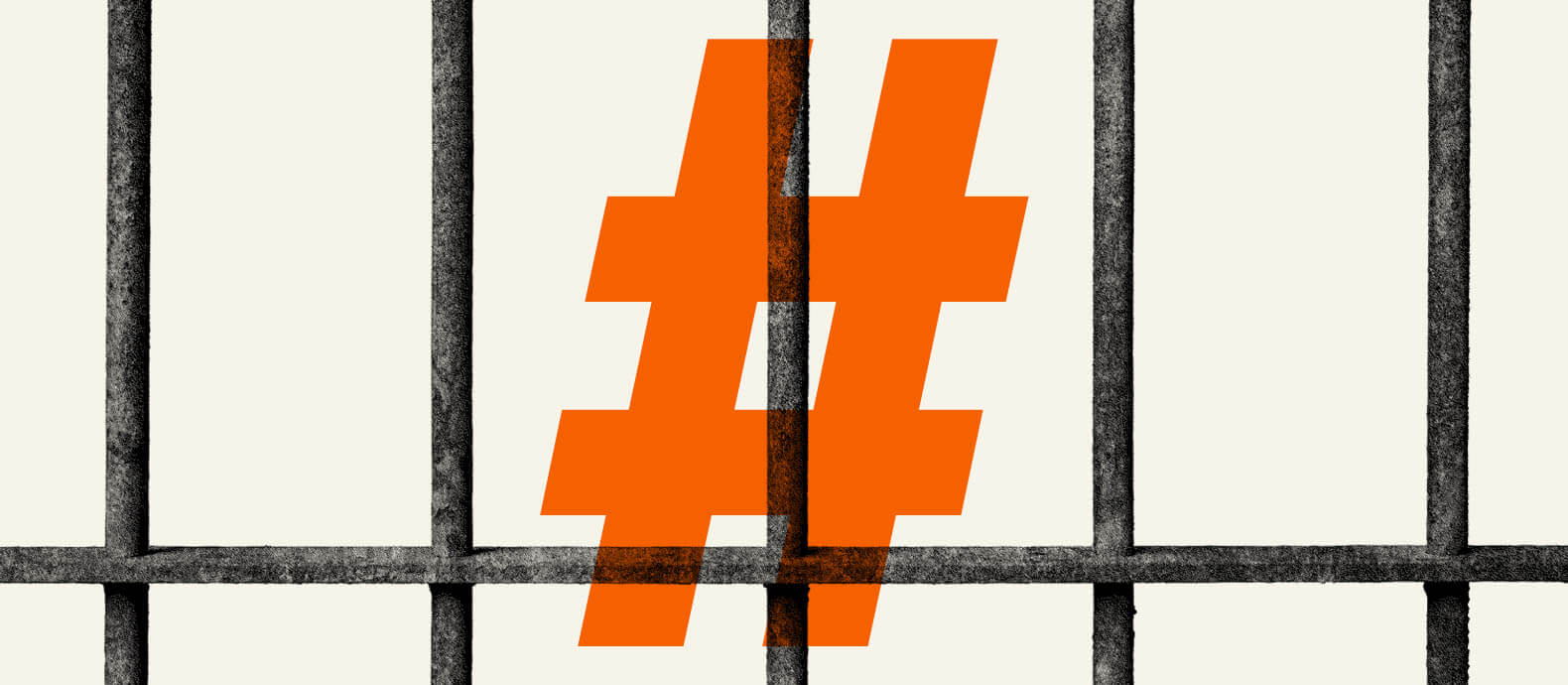
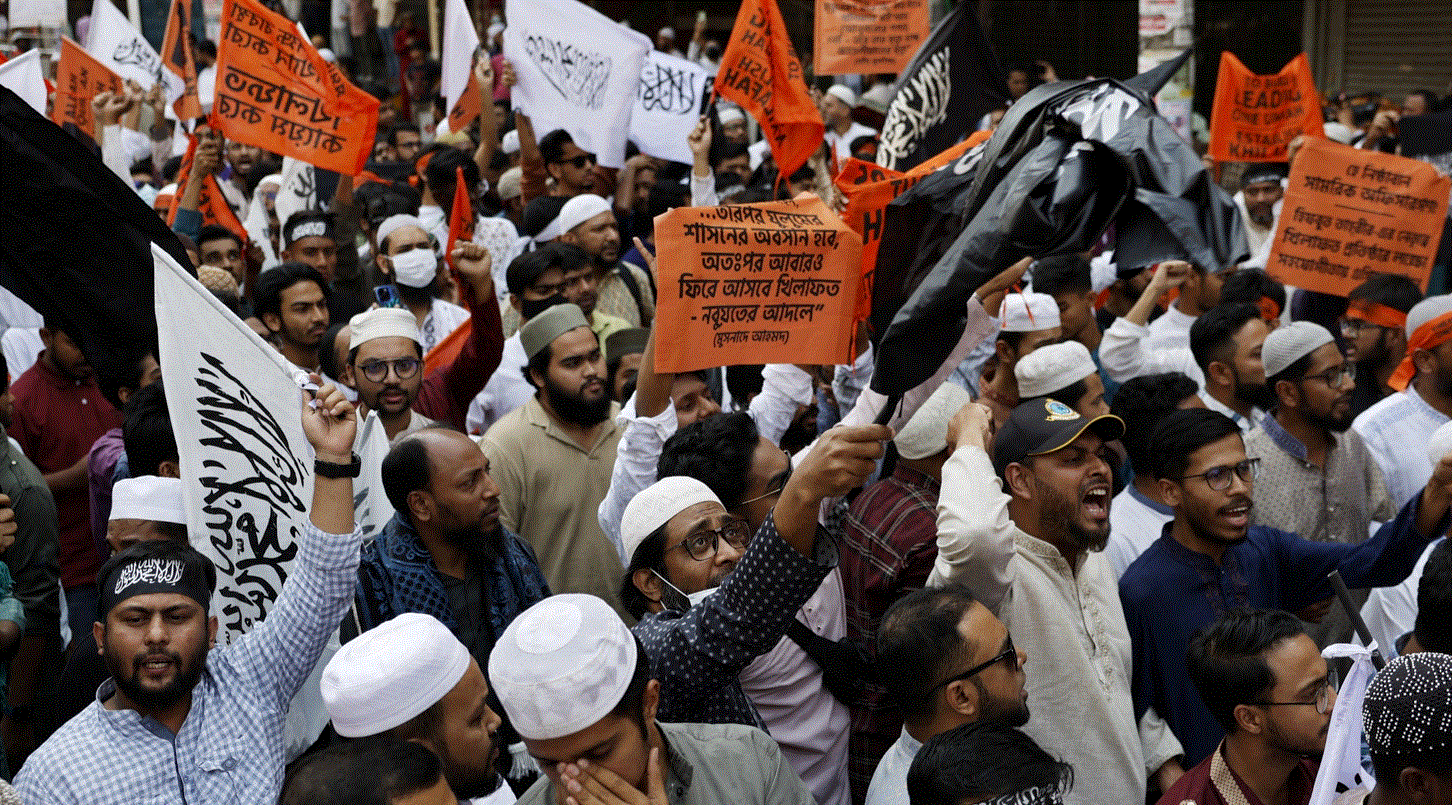
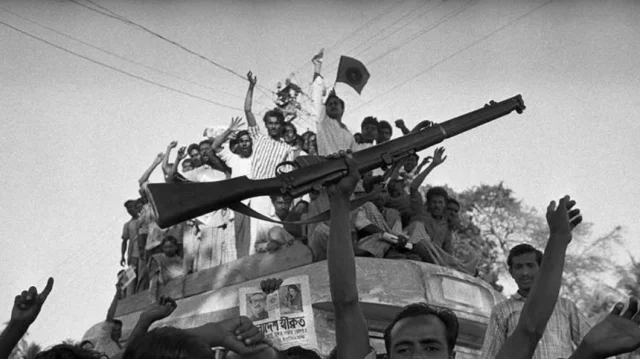
Comments (0)